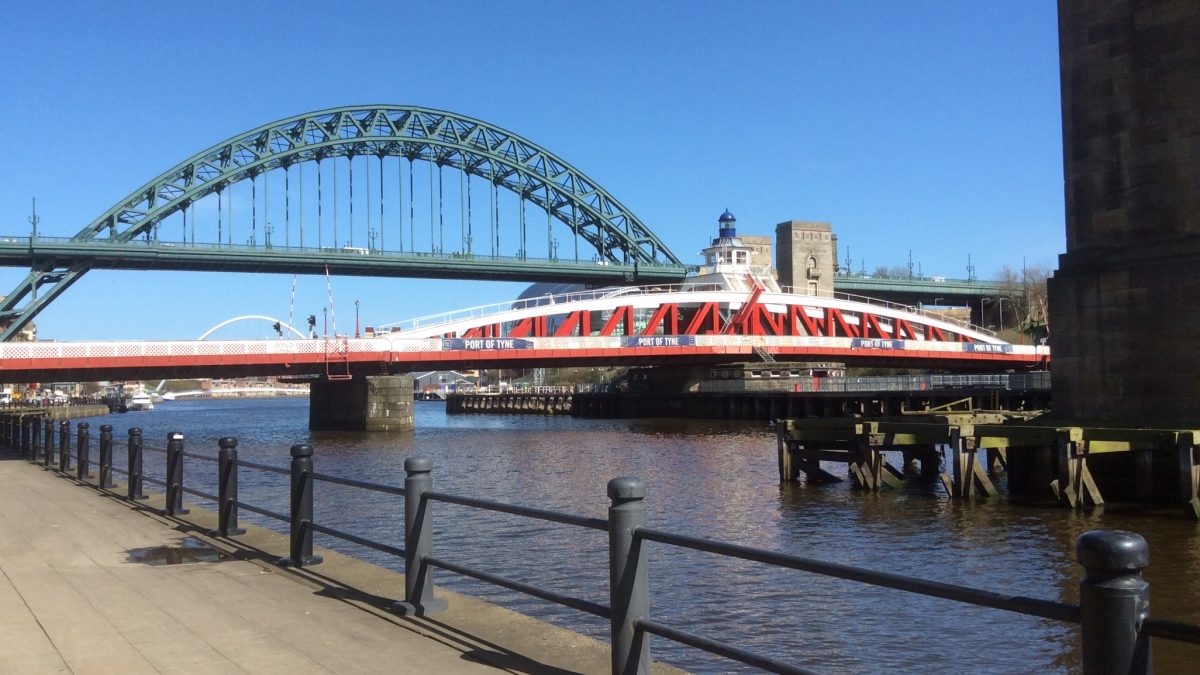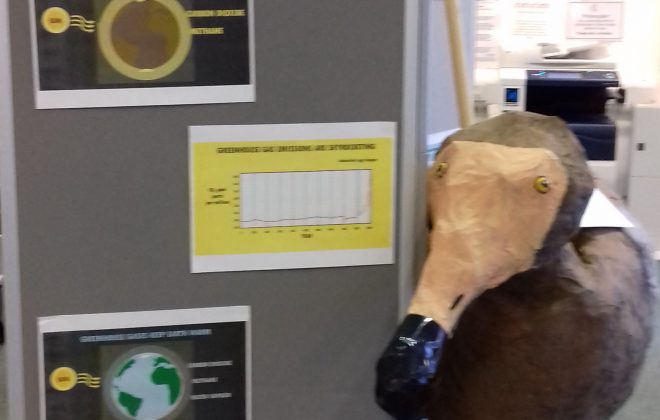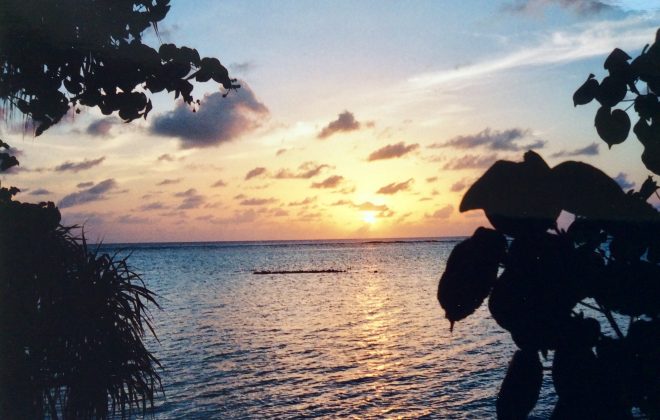Travel in the time of Coronavirus
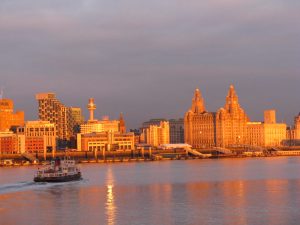
As a child my imagination was the place I went to when I was alone, often making the countries depicted in my stamp collection the inspiration for imaginary journeys. Later many became real.
Rivers have formed an important backdrop to my life. I was brought up not very far away from the banks of the River Mersey.
In summer it was the reverse, we holidayed in bucolic otherness in a rural cottage aside a Surrey village green close by the River Wey.
I was drawn to work in Tyneside with the promise of the opportunities created by T Dan Smith’s Utopian image of Newcastle as the emerging ‘Brasilia of the North’. The River Tyne and the cityscape mirrors much that is familiar to someone brought up near the banks of the Mersey and it became my home.
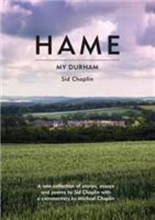 Thinking about rivers as a starting point for virtual travel I allow my imagination to wander beyond the Mersey, Wey and the Tyne, but they remain as good a stepping off point than any for a journey in prose and poetry.
Thinking about rivers as a starting point for virtual travel I allow my imagination to wander beyond the Mersey, Wey and the Tyne, but they remain as good a stepping off point than any for a journey in prose and poetry.
The Mersey for me is now about the flow of culture and art. Early on this was embraced by the poets Roger McGough, Adrian Henri and Brian Patten who emerged in ‘The Mersey Sound’ and John Lennon in his whimsical verse ‘In his Own Write’.
The Tyne and the Wear played a formative role in the life of writers and in ‘Hame’ Michael Chaplin celebrates the life of his father Sid Chaplin, a miner who became a literary influence on John Braine, Melvyn Bragg and Alan Plater through his short stories, poems and novels. A personal Tyne favourite is Ted Lewis’ ‘Jack’s Return Home’ (adapted into the cult film ‘Get Carter’) and David Almond’s ‘Skellig’.
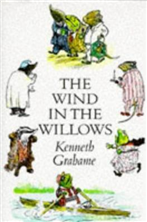 More rural environments like the River Wey feature in Roger Deakin’s book ‘Waterlog – A swimmer’s journey through Britain’ providing his ‘frog’s eye view’ of Britain’s waterways. In Katherine Norbury’s book, ’The Fish Ladder’ she too travels extensively from the Crosby side of the River Mersey, where Anthony Gormley’s statues stand, through the distant and lonely enclaves in Scotland and Wales exploring and exorcising her own grief by discovering the solitude of rivers.
More rural environments like the River Wey feature in Roger Deakin’s book ‘Waterlog – A swimmer’s journey through Britain’ providing his ‘frog’s eye view’ of Britain’s waterways. In Katherine Norbury’s book, ’The Fish Ladder’ she too travels extensively from the Crosby side of the River Mersey, where Anthony Gormley’s statues stand, through the distant and lonely enclaves in Scotland and Wales exploring and exorcising her own grief by discovering the solitude of rivers.
A joyous view of rivers can be found in ‘Wind in the Willows’ set on the Thames, as is Jerome K. Jerome’s laughter inducing ‘Three Men in a Boat’, balanced by the more prosaic Dickens’ novels ‘Our Mutual Friend’ and ‘Great Expectations’. Moving north, Gainsborough, on the River Trent, is the setting for George Eliot’s ‘Mill on the Floss’ and to the east the vastness of the Norfolk Broads is the background for Graham Swift’s mysterious ‘Waterland’.
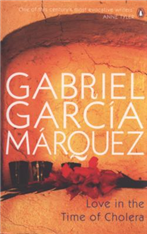 There are too many rivers internationally to identify as the backdrop to novels, but I will name a few novels that I have enjoyed. Marquez’s ‘Love in the Time of Cholera’ is set in an unnamed Colombian port city on the Magdalena River, ‘Down the Yangtze’ finds Paul Theroux travelling through Wuhan on his way to Shanghai accompanying American millionaires on their boat trip. Companion to my own journey in India was Eric Newby’s ‘A Short Walk in the Hindu Kush’ where the River Indus features, and while floating along the Canal du Midi of France I delved into ‘Narrow Dog to Carcassonne’ by Terry Darlington.
There are too many rivers internationally to identify as the backdrop to novels, but I will name a few novels that I have enjoyed. Marquez’s ‘Love in the Time of Cholera’ is set in an unnamed Colombian port city on the Magdalena River, ‘Down the Yangtze’ finds Paul Theroux travelling through Wuhan on his way to Shanghai accompanying American millionaires on their boat trip. Companion to my own journey in India was Eric Newby’s ‘A Short Walk in the Hindu Kush’ where the River Indus features, and while floating along the Canal du Midi of France I delved into ‘Narrow Dog to Carcassonne’ by Terry Darlington.
The world is an interesting place and, as Norman McClean comments, inevitably ‘A River runs Through It’. Let us use this time to explore our world and give ourselves the space to reflect on what might be after this period of ‘self isolation’.
Again email, Facebook ,Tweet your own selections so we can enjoy your journeys.
Paul Taylor-The Random Blogger
blog
Recent Posts
Archives
- July 2024 (1)
- June 2024 (1)
- April 2024 (1)
- March 2024 (1)
- November 2023 (1)
- September 2023 (1)
- August 2023 (2)
- July 2023 (1)
- June 2023 (3)
- February 2023 (1)
- December 2022 (1)
- October 2022 (1)
- August 2022 (2)
- June 2022 (2)
- March 2022 (1)
- February 2022 (2)
- January 2022 (1)
- December 2021 (2)
- November 2021 (3)
- October 2021 (4)
- September 2021 (1)
- August 2021 (2)
- July 2021 (2)
- June 2021 (1)
- May 2021 (2)
- April 2021 (1)
- March 2021 (3)
- February 2021 (4)
- January 2021 (7)
- December 2020 (2)
- September 2020 (2)
- August 2020 (3)
- July 2020 (1)
- June 2020 (6)
- May 2020 (5)
- April 2020 (4)
- March 2020 (7)
- February 2020 (4)
- January 2020 (5)
- December 2019 (4)
- November 2019 (4)
- October 2019 (4)
- September 2019 (6)
- August 2019 (4)
- July 2019 (5)
- June 2019 (4)
- May 2019 (5)
- April 2019 (8)
- March 2019 (10)
- February 2019 (9)
- January 2019 (6)
- December 2018 (4)
- November 2018 (10)
- October 2018 (10)
- September 2018 (4)
- August 2018 (5)
- July 2018 (7)
- June 2018 (1)
- May 2018 (8)
- February 2018 (1)
Categories
- Book review (26)
- Client story (10)
- Events (180)
- Inspiration (97)
- Tips & tricks (1)
- Uncategorized (13)
- what's happened (22)

